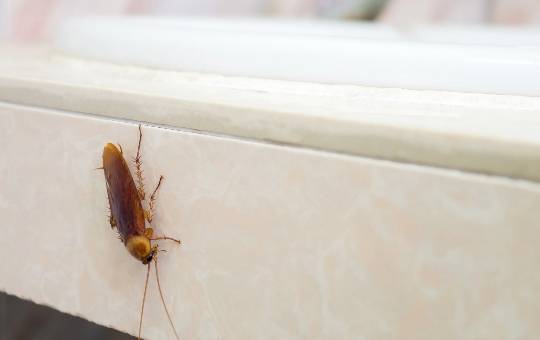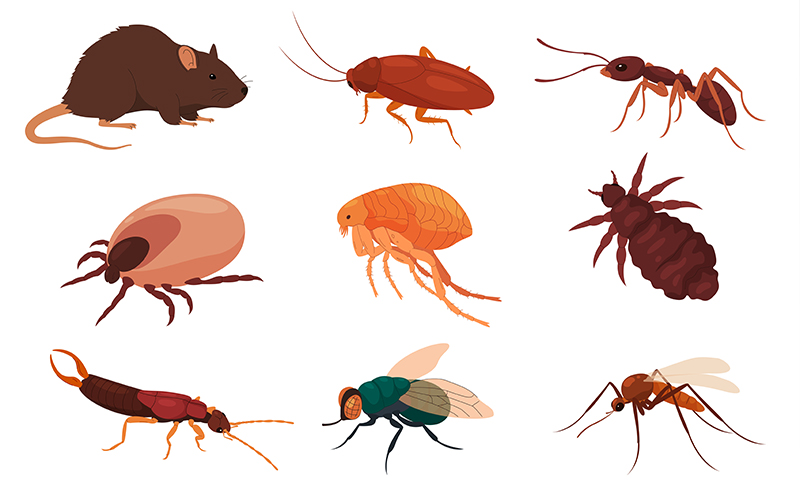
How Ants At Home Can Significantly Impact Your Daily Life
While ants may be small and unassuming, they can significantly impact daily life, especially if you’re experiencing a serious infestation. In this article, we explore the ways in which these critters can interfere in your day-to-day and the importance of promptly engaging a quality ant control company to rectify the issue for a healthier, more hygienic living environment.


